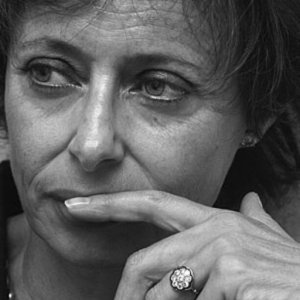
Annie Cohen-Solal
Born in Algeria, obtained a doctorate in French literature at the Sorbonne. She has teached at the Univerities of New York, Berlin, Jerusalem and Paris XIII and taught at the École des Hautes Études en Sciences Sociales in Paris. She arrived in New York in 1989 as cultural advisor at the French embassy and was prompted by a meeting with Leo Castelli to develop an interest in contemporary art. The French edition of Leo & C. was awarded the Artcurial Prize for the best book on contemporary art in 2010. She is author of the biography Sartre: A Life (1986), bestseller translated into sixteen languages. In 2009 she was awarded the Legion of Honor. She spends her time between New York, Paris and Cortona.
Author's books
Americani per sempre
I pittori di un mondo nuovo: Parigi 1867 - New York 1948
Annie Cohen-Solal
pages: 500 pages
Paris, 1 July 1867, the inauguration of the Universal Exposition. With the end of the American Civil War, the landscape painters, members of the first authentic American school, returned to Europe convinced that they deserved praise, prizes and medals. Rather than acclaim, however, it was bitter humiliation that awaited them. The French critics sha
Leo & C.
Storia di Leo Castelli
Annie Cohen-Solal
pages: 464 pages
Leo Castelli insisted that he was not an art dealer but a gallery owner. For his artists he was a lot more: a patron of the arts.
From the opening of his first gallery in 1957 to his death in 1999, Castelli dominated the cultural life of New York and elevated the status of the American artist, which came to dominate the international artistic pano

